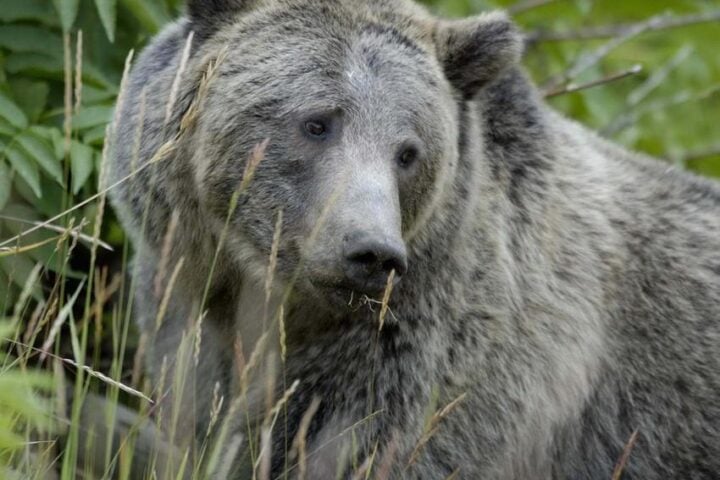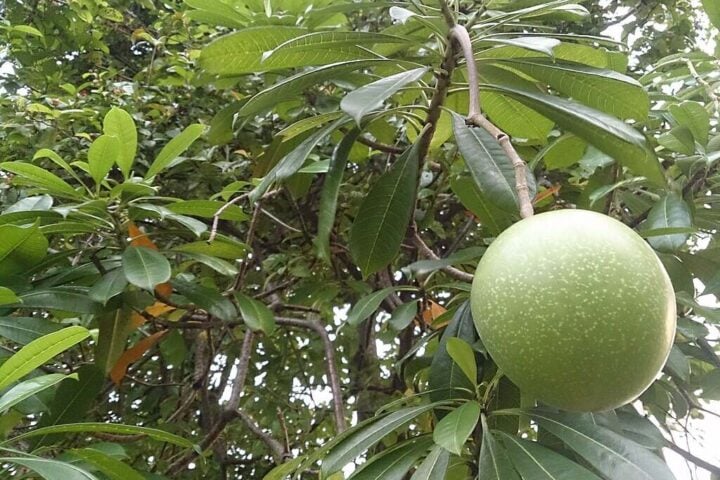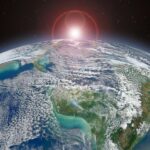Over the span of 10 years, Dr. Edward Wright of the Max Planck Institute for Evolutionary Anthropology along with other scientists observed the drinking water behaviour of Mountain Gorillas, scientifically known as Gorilla beringei beringei. The observation concluded that the species drank more water as the temperature rose.
“Understanding how animals obtain water is increasingly important in the face of climate change, as warmer temperatures and more extreme weather conditions are predicted to influence water availability, which could have implications for how they use their limited habitat,” said Dr. Edward Wright. Mountain gorillas are rainforest dwelling species and get most of their water requirements from the plants they consume. However, increasing temperatures will make them more reliant on free-standing water, such as a stream, river, puddle or swamp. Because mountain gorillas live at higher elevations, they are also more susceptible to faster temperature rises. “This is particularly important in endangered species which are vulnerable to extinction, such as mountain gorillas” added Dr. Wright.
The mountain gorilla is a subspecies of the eastern gorilla. Mountain gorillas are listed as endangered in the International Union For The Conservation of Nature (IUCN) Red List, and face continuous threats such as small population size, limited habitat, poaching, and habitat destruction. There are only around 1,000 individuals left. There are only two populations, one in the Virunga volcanic mountains that border Rwanda, Uganda, and the Democratic Republic of Congo, and one in the Bwindi Impenetrable National Park in Uganda.
Given that increasing temperatures and more extreme weather events due to climate change are predicted to influence water availability, endangered species in small isolated populations are vulnerable to drought and the risk of extinction. The study conducted by Dr. Edward Wright showed that increasing temperature leads to the increased need for evaporative cooling, particularly in endotherms, which requires water, to compensate for increased water loss when temperatures are high, animals often increase the amount of water consumption. Understanding how endangered mountain gorillas obtain and consume water, they are vulnerable to the risk of extinction because of this very reason.
The raw data supporting the conclusions suggest that, in approximately 10 years of observations on 21 social groups in the only two mountain gorilla populations, both populations drank water significantly more often at higher average maximum temperatures than cooler ones. Under these conditions, drinking water may be an effective way of reducing body temperature and reestablishing homeostasis. However, it highlights a higher degree of reliance on free-standing water than expected in this rainforest dwelling ape species that consumes plants with high water content. Moreover, temperatures in this region are projected to continue increasing in the future by approximately 1 to 2.5°C between 2000 and 2050. Therefore the study expects mountain gorillas to increasingly rely on free-standing water in the future to maintain water balance following lost water used in evaporative cooling.
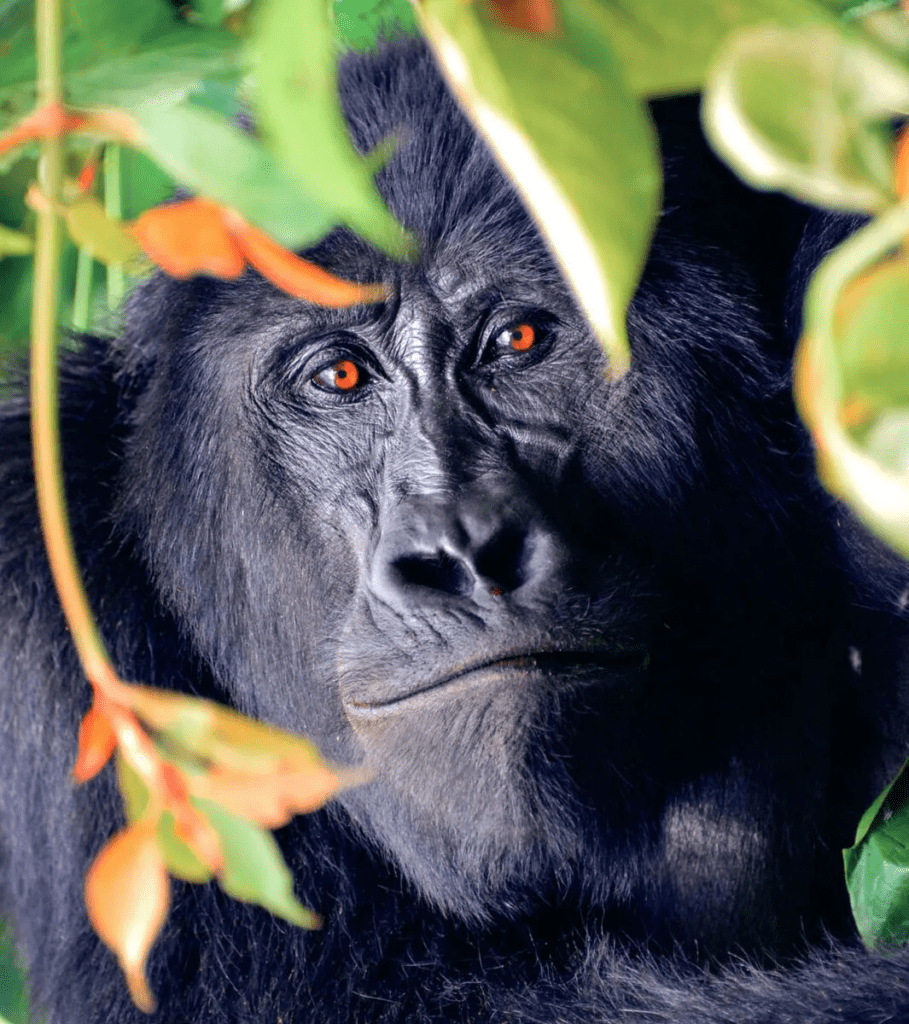




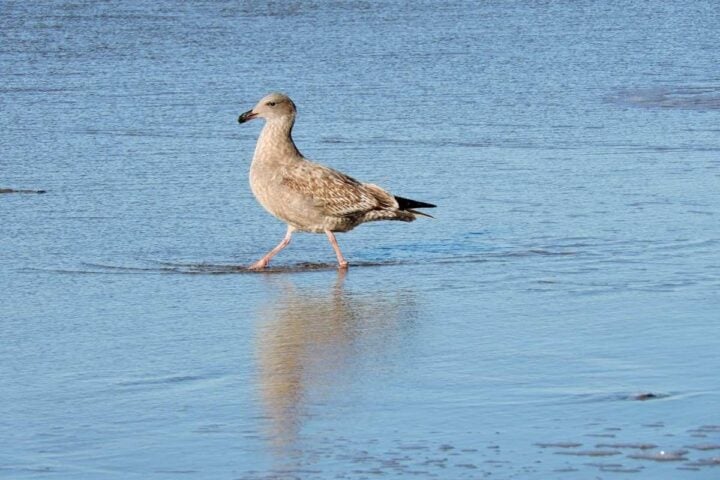

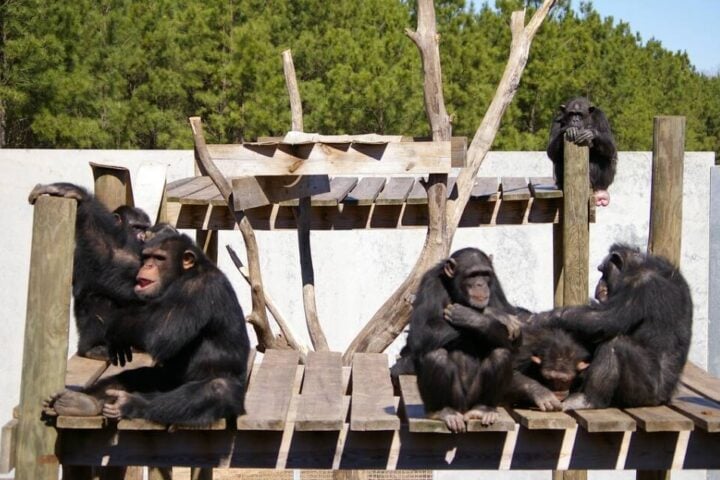


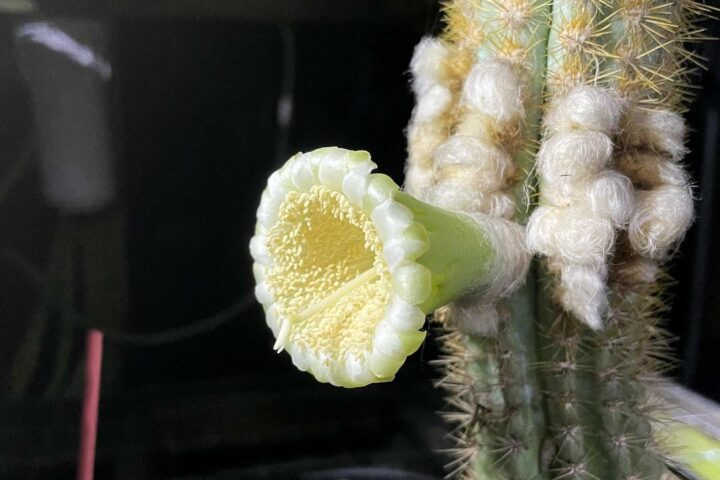
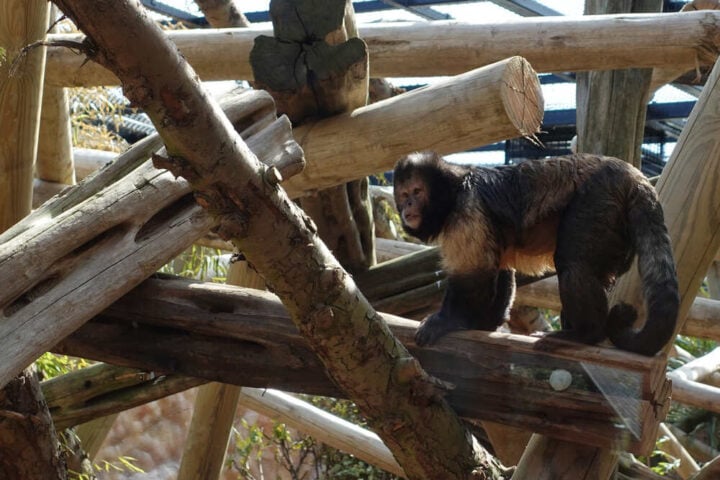


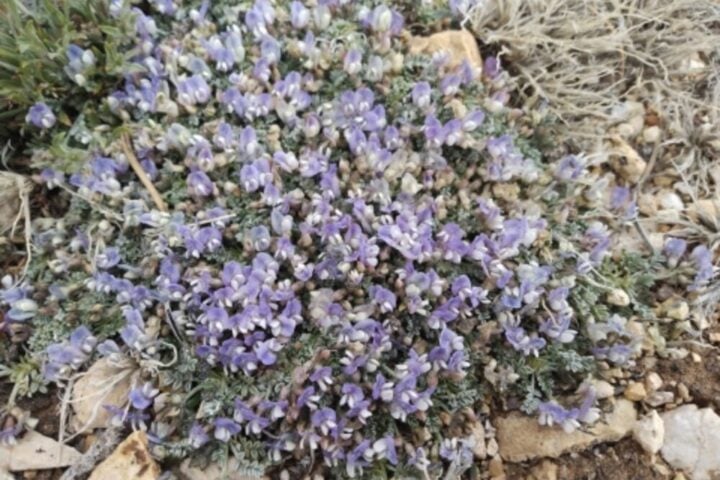
![Representative Image: European Starling [49/366]. Photo Source: Tim Sackton (CC BY-SA 2.0)](https://www.karmactive.com/wp-content/uploads/2025/04/Starlings-Drop-82-in-UK-Gardens-as-Birdwatch-2025-Reveals-Record-Low-Count-Since-1979-720x480.jpg)
